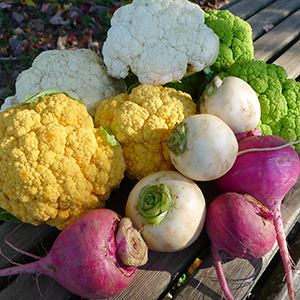
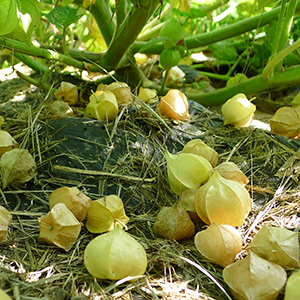
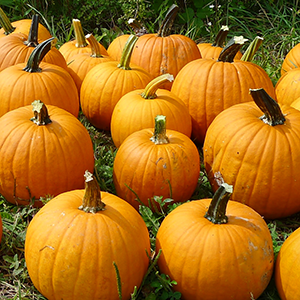

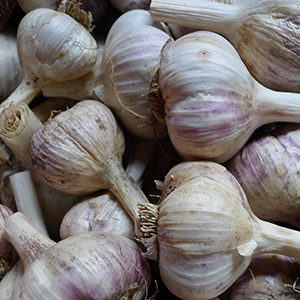
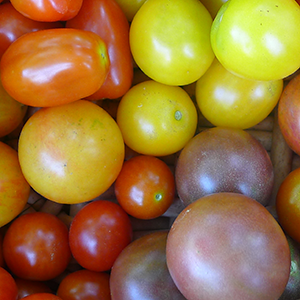
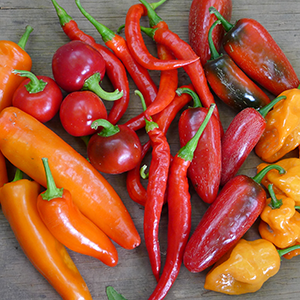



News and Notes | The Anchor Run Blog
Displaying a Single Post |
Show Recent Posts
March 4, 2019
Slowly Exiting Winter
by Farmer Derek
Slowly Exiting Winter
by Farmer Derek
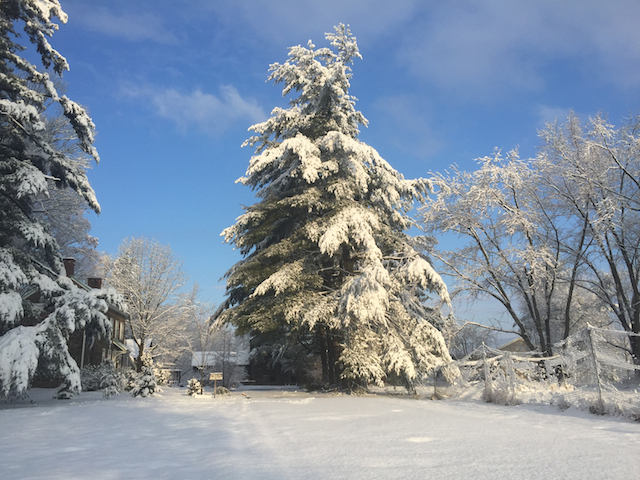
A beautiful and hopefully final snowfall.
Consistent with the past few years, we've welcomed one of the winter season's biggest snowfalls in March. This week we'll also endure another blast of cold winter temperatures but at least sunshine will return after a 3-4 day absence. Fortunately much of our time will be spent in the in-between indoor/outdoor world of greenhouses and high tunnels where it's a bit warmer and reasonably protected from whatever weather is going on outside.
Last week the 2019 growing season officially began in the greenhouse where we sowed approximately 63,636 seeds into 35,838 cells on 189 transplant trays, all lined up tidy and neat in our small heated greenhouse. We need some daytime sunshine to warm up the tunnel and invigorate the sleeping seeds to wake up and begin their programmed march towards the sun. So many future crops are crammed into such a small space that it could evoke a large feeling of worry and anxiety while we wonder if they'll successfully shed their slumber, but year in and year out we've learned that when properly taken care of and given the right conditions, we can expect a high percent of successful germination.
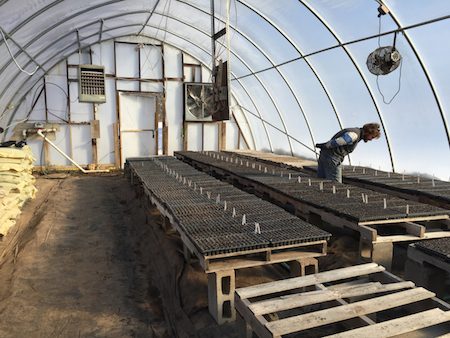
Nervously awaiting successful germination.
In the greenhouse there are several variables that we can control: high and low temperatures because we can add heat or open shutters and fans to whisk it away; moisture because we manually water; depth of those seeds in the soil medium because we hand sow; and whether or not the seeds see the light because some require sunshine to germinate (lettuces, chicories, some flowers and herbs). After farming at Anchor Run for ten years and tweaking and adjusting some variables we've almost perfectly figured out how to always successfully germinate our crops. We start practically all of our crops from seed so it is vitally important for us to do it exactly right. Later in the season when excess heat is an issue we put many flats under shade cloth and even put others in an air conditioned produce storage room (such as spinach).
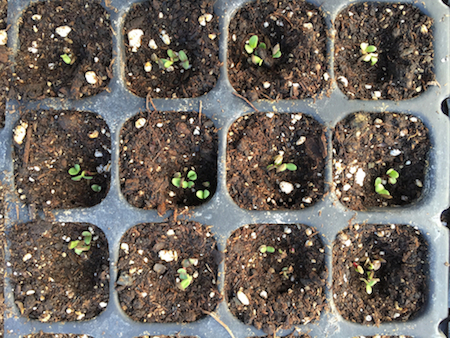
Lettuce mix seeds sprouted quickly.
Exactly what food items were sown last week (to name a few)? 25,000 onions; 3,100 spinach; 1,800 beets; 2,000 broccoli (new spring item!); 650 fennel; 3,000 kale; 2,000 kohlrabi; 1,000 heads of lettuce; 10,000 lettuces for mix; 1,000 celery; and 1,000 radicchio. This week we sowed 21,000 snow peas and another round of a few thousand lettuces and chicories.
Besides seeding in the greenhouse, we also put the finishing touches on our crop plan and crop rotation. Rotating crops according to their plant families helps us attempt to thwart pest and disease pressures while also assuming that each crop requires slightly different soil nutrient needs with a slightly different uptake of those nutrients. Thus, moving crops around should provide a balance. Our goal is a minimum of a 3-year rotation for the plant families that occupy a large portion of our growing space (brassica - kale, broccoli, arugula, cabbage, etc; nightshade - tomatoes, potatoes, peppers, eggplant, etc; aster - lettuce, chicory; amaranth - beets, spinach, chard, etc). For most other crops its fairly easy to see a 5+ year rotation because they occupy much less space. We also rotate U-Pick crops back and forth between Field 1 and Fields 4/5/6. It's kind of like putting pieces of a multidimensional puzzle together in time and space along with other variables to consider like soil moisture. It makes for a good wintertime activity.
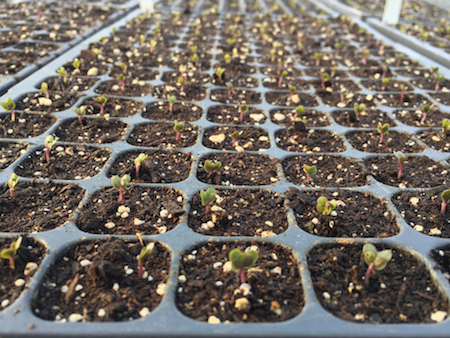
Kohlrabi also came up quickly, in about 5 days.

POSTS BY TYPE
POSTS BY MONTH

